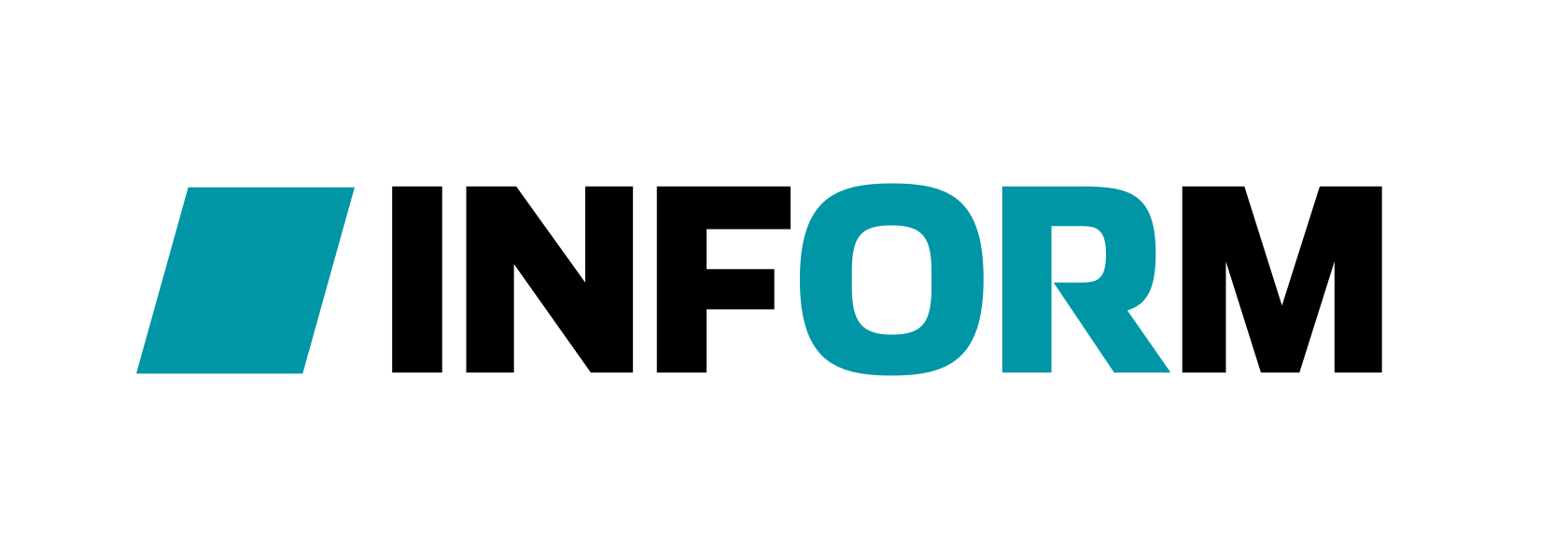Airport and Ground Handling Resource Management Systems
| Company | INFORM GmbH |
|---|---|
| Date | 02.04.2009 |
A long-term user of INFORM’s systems reviews all departments to bring out the best in GroundStar.
DNATA is a long-term user of the GroundStar suite. GS Rostering, GS Planning and GS RealTime underpin Cleaning, Passenger Services, Ramp, Passenger buses, Push back, Line Maintenance, and other departments, with the first implementation carried out in 1998.
After all these years, DNATA decided to review all its processes and initiated a re-implementation project. The aim was to increase the benefits derived from the optimised use of GroundStar. Furthermore DNATA wanted to strengthen the transparency of its business processes and performance, and to establish company-wide standards.
The first phase started in 2007 with the analysis of the GS Rostering, GS Planning and GS RealTime applications across all departments. Communication processes were given an important focus because great part of the benefit brought about by GroundStar is based on efficient communication processes.
Improvement potential was discovered in several processes, such as base data structure, the rules by which the systems are driven, shift planning, and the building up of travel network for vehicles that the calculation of GS RealTime can be based on to name a few. Based on the results of this evaluation, the re-implementation project started in spring 2008.
The pilot departments were Passenger Services with about 225 staff, and Ramp Departments with about 120 employees. The new functionality was presented to staff at several workshops after which data modelling and verification was carried out. GS RealTime, GS Planning and GS Rostering were upgraded to newer versions, and the new Shift pattern functionality was integrated into GS Planning. The latter was introduced to minimise periods of shortage and shift costs, and to allow fair and flexible shift patterns.
The Passenger Services Department went live successfully in March, followed by the Ramp Department in April 2009. The reimplementation is ongoing and will impact more departments during the course of this year.
Contact
Pascalstr. 35
52076 Aachen
Germany
- +49 (0) 2408 9456 3024
- www.inform-software.com/en/software/groundstar
- -
- www.inform-software.com/en/solutions/aviation-ground-operations/airport-resource-management
- -
- www.inform-software.com/en/solutions/aviation-ground-operations/ground-handling-resource-management
- -
- www.inform-software.com/en/solutions/aviation-ground-operations/aircraft-turnaround-management

